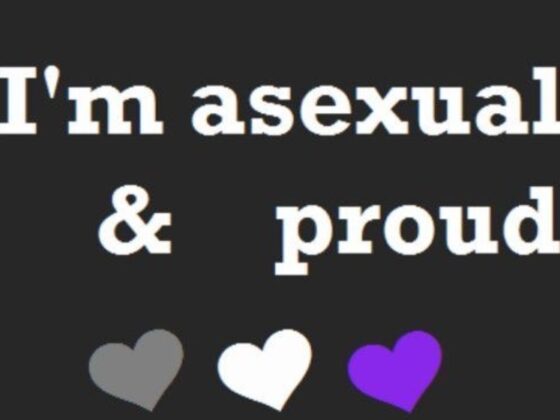In today’s fast-paced world, where people are always on the move, it’s not uncommon to come across terms like “situationship” in relationship lingo. A situationship is a term that describes a romantic or sexual relationship that lacks clear boundaries, expectations, and commitments. In other words, it’s a type of relationship that falls somewhere between a casual hookup and a committed relationship.
Situationships are becoming increasingly common in modern dating culture, especially among young adults. This is partly because many people are hesitant to commit to a relationship due to personal, professional, or emotional reasons. Others may have trust issues or simply enjoy the freedom and flexibility that comes with being in a situationship.
The term “situationship” was first coined in the early 2010s, and it quickly caught on as people began to recognize the phenomenon of non-committal relationships. However, the concept of situationships has been around for decades, if not centuries. It’s just that people didn’t have a name for it until recently.
So, what exactly does a situationship look like? Well, there’s no one-size-fits-all answer to that question, as every situationship is unique. However, there are some common characteristics that tend to define situationships.
Firstly, situationships often lack clear labels. Partners may refer to each other as “friends with benefits,” “casual partners,” or simply “someone I’m seeing.” This ambiguity can lead to confusion, misunderstandings, and hurt feelings.
Secondly, situationships are often marked by inconsistent communication and mixed signals. One partner may send flirty texts or make plans for future dates, only to pull back or disappear without warning. This can leave the other partner feeling frustrated, anxious, or used.
Thirdly, situationships typically lack a clear timeline or roadmap. There’s no set plan for where the relationship is headed or what milestones should be reached. This can make it difficult for partners to determine whether they’re on the same page, and can lead to disagreements and conflict.
Lastly, situationships can be emotionally draining and unfulfilling. While partners may enjoy the physical or sexual aspects of the relationship, they may feel unfulfilled in other areas, such as emotional intimacy or commitment. This can lead to feelings of loneliness, frustration, or dissatisfaction.
Despite these challenges, situationships can also have some benefits. For one thing, they can offer a sense of freedom and flexibility that traditional relationships may not provide. Partners can enjoy each other’s company without feeling pressured to conform to traditional expectations or milestones. They can also explore their sexuality and experiment with different types of relationships.
However, situationships can also be risky and unpredictable. Partners may develop feelings for each other, only to find out that the other person doesn’t feel the same way. Or, one partner may decide they want to pursue a more committed relationship, while the other is content to keep things casual.

So how can you navigate a situationship if you find yourself in one? Here are a few tips:
- Communicate openly and honestly. Be clear about your expectations, boundaries, and feelings. Don’t assume that your partner knows what you want or need.
- Set boundaries and stick to them. If you’re not comfortable with certain behaviours or actions, make that clear. Don’t compromise your values or needs just to keep the other person happy.
- Be prepared for the possibility of things changing. Situationships can be unpredictable, so be open to the idea that your feelings or your partner’s feelings may change over time.
- Take care of yourself. Don’t neglect your own emotional and physical needs in pursuit of a situationship. Make sure you’re taking care of yourself first and foremost.
Situationships are a common aspect of modern dating culture, and they can be both challenging and rewarding. While they offer a sense of freedom and flexibility, they can also lack clear boundaries, expectations, and commitments. To navigate a situationship successfully, partners must communicate openly, set boundaries, be prepared for the possibility of change, and prioritize self-care.
Ultimately, whether a situationship is right for you depends on your personal preferences and needs. Some people thrive in non-committal relationships, while others crave the security and stability of a committed partnership. What’s important is that you stay true to yourself and your values and that you pursue relationships that align with your goals and desires.
At the end of the day, relationships, whether traditional or not, are meant to bring us joy, companionship, and fulfilment. If a situationship is not meeting these needs, it may be time to reevaluate the relationship and move on to something that does. By staying true to ourselves and prioritizing our own well-being, we can find the relationships that truly bring us happiness and satisfaction.
Love,
Team LadyInRoseGold




















